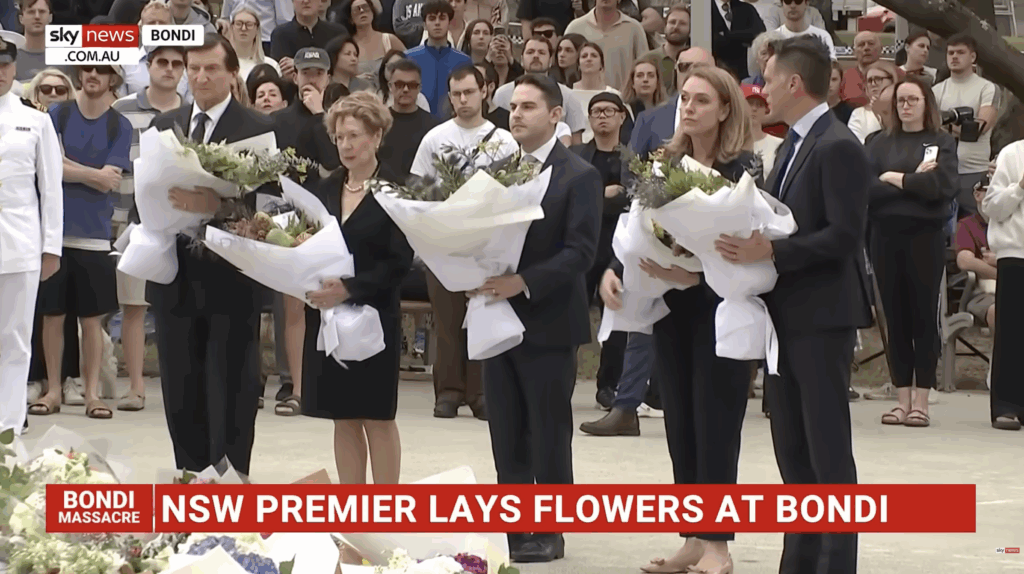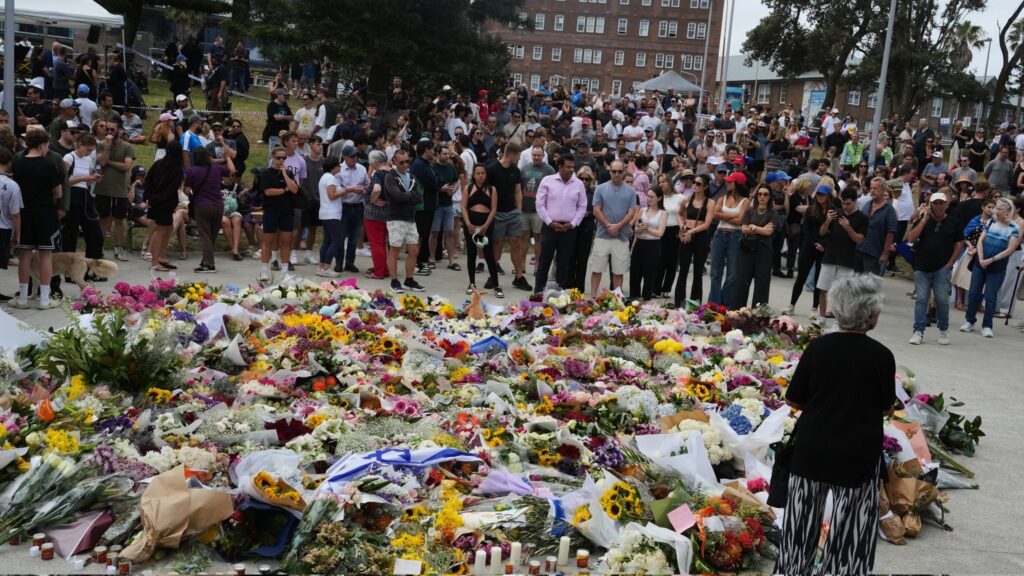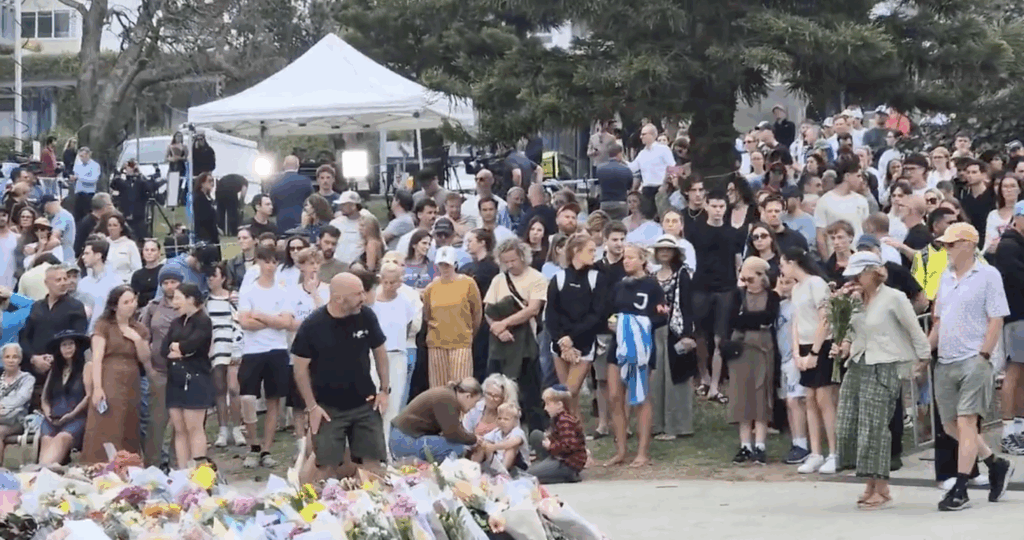IN THE MEDIA
Hamas always happy to expend Gaza lives as part of its deadly theatre
April 5, 2018 | Colin Rubenstein

Colin Rubenstein
The Australian – April 5, 2018
Last weekend’s Gaza violence in which 15 Palestinians were killed by Israeli forces was not what it might have seemed. It certainly was not the peaceful protest, or the massacre of innocent civilians, that Hamas, the Palestinian Authority and their supporters claim.
The demonstrations were orchestrated by Hamas, the Islamist terrorist group that rules Gaza and is committed to Israel’s destruction, with a long history of suicide bombings and thousands of indiscriminate rocket attacks against Israel’s civilians. While masses chanted and threw stones, many others were attempting to throw molotov cocktails at, and some even shoot, the Israeli soldiers, or seeking to blow up or burn down the border fence and infiltrate Israel.
Those killed were all males of fighting age and were attacking the Israeli soldiers or the fence. Eight have been positively identified as members of the Hamas military forces and two others members of other terrorist groups.
The demonstrations were not about Israel’s occupation or the West Bank settlements. Israel fully evacuated Gaza in 2005 and settlements haven’t prevented it offering a Palestinian state on generous terms in 2000, 2001 and 2008, offers that the PA summarily rejected. It also was not about Israel jailing Palestinian teenager Ahed Tamimi after she repeatedly assaulted and threw stones at soldiers and incited terrorism.
As Hamas leaders made clear, they are fighting against Israel’s existence. Hamas chief Ismail Haniyeh stated that the demonstration marked the beginning of the Palestinian “return to Palestine, all of Palestine. No concessions and no recognition of the Zionist entity (Israel).”
The so-called Palestinian “right of return” would see not only the Palestinian refugees from the 1948 war but their millions of descendants enter Israel. It would mean the end of Israel as a Jewish state, so is completely incompatible with a two-state peace.
Hamas leader in Gaza Yahya Sinwar was equally explicit, telling protesters: “The march of return … will not stop until we remove this transient border.” He added that the “march of return affirms that our people can’t give up one inch of the land of Palestine”, by which he means Israel.
The Hamas tactic is to put Israel in a no-win position. Either it allows the fighters, under cover of the riots, to infiltrate into Israel and slaughter civilians or, worse, destroy part of the fence and trigger a massive influx; or it uses the necessary means to stop them and is condemned for alleged disproportionate force. As seen by its repeated tactic of putting its civilians in harm’s way during the three wars it has provoked with Israel (including by using them as civilian shields and putting its weapons, military infrastructure and tunnels in and under civilian buildings such as homes, mosques and hospitals), Hamas has no compunction sacrificing the lives of Gazans to this cause.
To those familiar with Hamas and its cynical tactics, it was not a surprise. Hamas often provokes violence with Israel when it is facing problems, as a means of rallying support. The plight of Gaza’s population is deteriorating. Economic activity is down, unemployment is extremely high, and longstanding problems with water, sewerage and electricity are worsening. People aren’t starving, but it’s about the only positive.
A recent attempted unity deal with the PA, which has been limiting Gaza’s electricity, has broken down, with the authority threatening to tighten the economic screws further following the March 13 attempted assassination in Gaza of its Prime Minister, Rami Hamdallah, and intelligence chief, Majid Faraj.
Hamas also may well be concerned that it could be sidelined, with many Sunni Arab countries re-evaluating their relationships with Israel, which they see as a potential ally in their fight against what they regard as their real enemy: Hamas backer Iran.
This promising realignment led to an extraordinary March 15 donor conference at the White House, remarkable because, alongside Egypt and Jordan, several Arab nations Saudi Arabia, Bahrain, Qatar and Oman with no diplomatic relations with Israel comfortably sat around the table with the Jewish state and signalled a readiness to work together with Israel to help Gaza.
They would be well aware that Israel is the only local actor ferrying and facilitating the entry of all essential goods into the enclave, and taking other specific actions to try to improve its conditions, while Hamas exacerbates the plight of Gaza’s civilians by misappropriating civil aid to its military facilities, including terrorist tunnels, and to its cronies.
In January, Israel presented its own $US1 billion ($1.3bn) plan to rehabilitate Gaza’s infrastructure to a conference of donors in Brussels, a conference the PA boycotted.
When the international community and media condemn Israel for doing what it must to defend its borders, they are just playing into the hands of Hamas, and encouraging further and worse violence, something Hamas has already flagged is coming. Instead, they should reaffirm Israel’s right to defend its borders against terrorism and support it in its efforts to improve the lives of Gaza’s civilians.
As US presidential envoy Jason Greenblatt commented regarding the White House conference: “In order for peace to be within our grasp, we must first improve the conditions on the ground to create hope and opportunity.”
Colin Rubenstein is executive director of the Australia/Israel & Jewish Affairs Council.
Tags: Hamas





